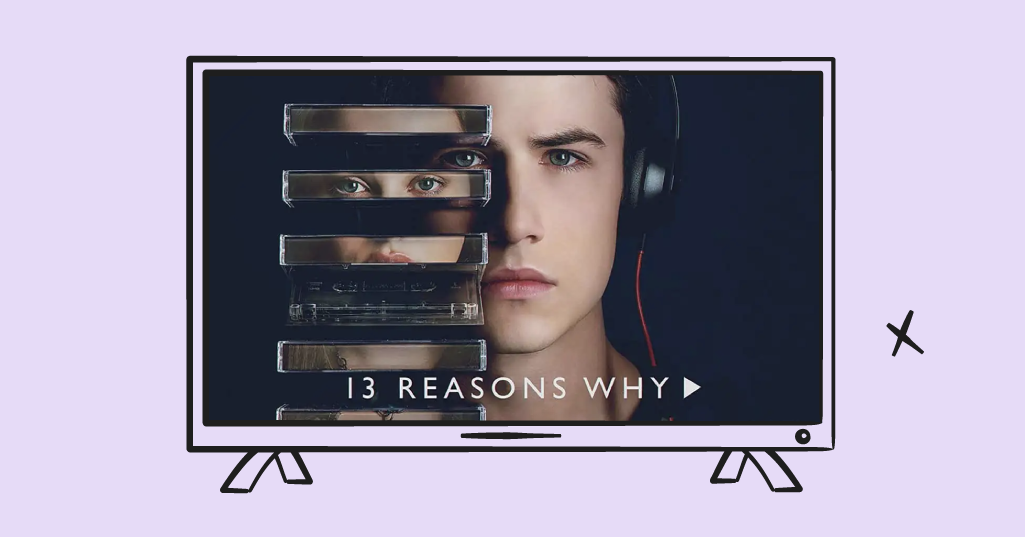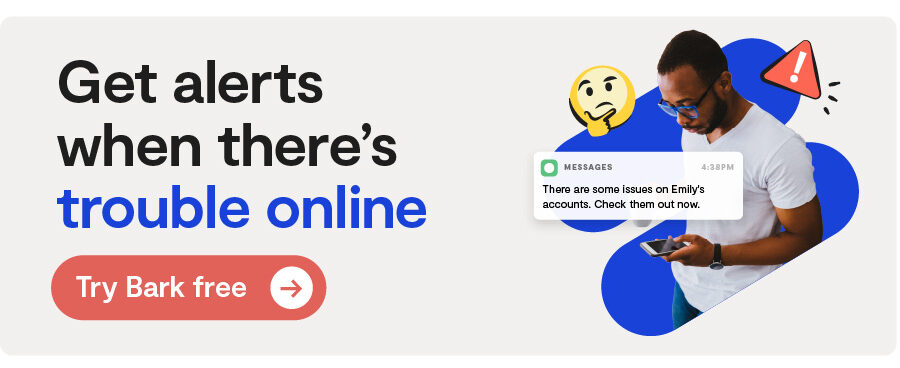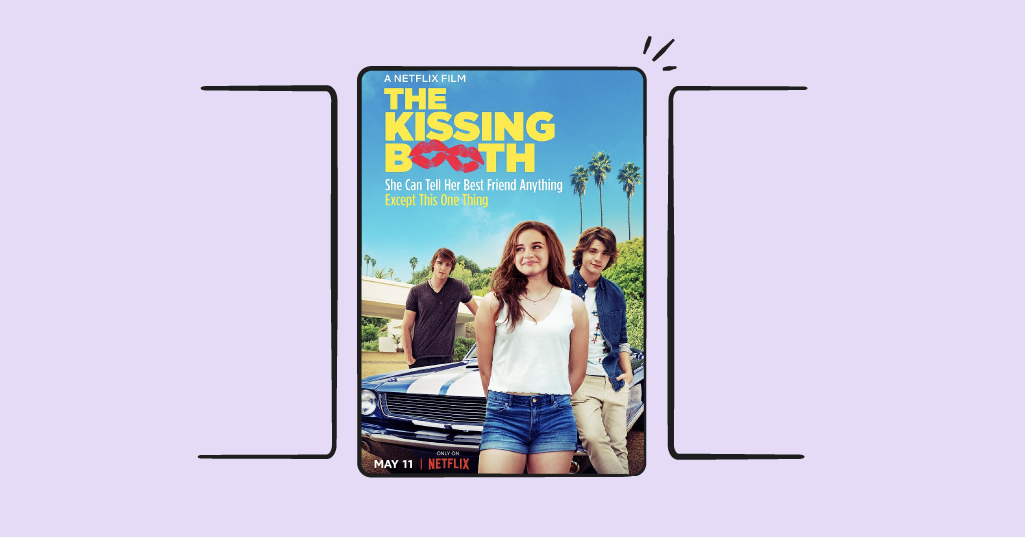
Overview
Content warning: This review discusses content that some individuals may find triggering, including suicide and sexual assault.
When the teen drama show 13 Reasons Why came out in 2017, it became a sensation. Through a purposely dramatized and fairly graphic depiction, the show tells the story of a teen girl named Hannah who ultimately decides to take her own life.
In the last decade or so, we’ve seen mental health finally get the attention and awareness it deserves, especially among teens. However, more recently we’ve seen spaces where mental health is not just receiving awareness, it’s also glamorized. This can be super dangerous.
Whether or not 13 Reasons Why brings awareness to or glamorizes suicide is up for debate. However mental health professionals did urge parents to refrain from allowing their kids to watch it. In particular, those kids who have already struggled with suicidal ideation or attempts.
The public’s response might give you an idea of how much caution to have when it comes to this show. But just so you have all the facts in one place, this review will go over specific content that you need to know about 13 Reasons Why. This review will cover season one, but just as a heads up, the following three seasons are just as — if not more — intense than the first.
Harmful Content ❗️
Let’s start with a quick overview of the plot. The show begins with Hannah Baker telling the story of what led her to take her own life. Before she died, she made a series of 13 tapes, each one explaining how someone or something hurt her. Each episode follows Clay, a friend of Hannah’s, who is listening to the tapes for the first time.
When she was a new student at Liberty High School, Hannah quickly felt excluded and targeted by other kids at school. Some of it was typical high school things, such as friends leaving her for a more popular crowd, but she also experienced some intense bullying from her classmates. Additionally, Hannah was a victim of sexual assault when another student targeted her at a party. Throughout the episodes, the audience sees how these events seem to pile on each other and bring Hannah to an extremely low place.
Outside of Hannah’s story, other characters also go through their own struggles. On the whole, the show covers just about every struggle teens can face: suicide, bullying (both online and in person), sexual assault, emotionally abusive relationships, substance use/abuse, and more.
One piece of criticism the show received was how Hannah responded to her circumstances. Often, suicidal ideation and depression are far more nuanced than the checklist fashion it’s portrayed as here. Additionally, recording these tapes and having people listen to them after she passes puts the twist of revenge on things. Again, vulnerable or impressionable youth should not watch this so that they’re not tempted to take away any kind of example from Hannah’s actions.
Language
The show frequently has profanity, including the F-bomb. However, the level of swearing isn’t anything out of the ordinary when it comes to teen shows.
Sex
Given the number of relationships depicted in the show, there are many expected scenes of teens making out, talking about sex, and implying they’re going to have sex. But 13 Reasons Why also depicts explicit scenes of teens having sex, though there’s no nudity. In the scene where Hannah is sexually assaulted, there is intense thrusting and a closeup of Hannah’s face in distress. Again, the show aims not to sugarcoat the trauma of these experiences — it’s supposed to be hard to watch. For some sensitive viewers, it’s probably better to avoid watching altogether.
There’s also an incident of sexting where a young takes a picture up Hannah’s skirt. The photo spreads throughout the school and Hannah faces backlash from her classmates. If parents allow their kids to watch this, they should take the opportunity to discuss important topics such as consent and respecting other people’s bodies.
Violence
When the show originally aired, the scene where Hannah dies by suicide plays in full. In an incredibly harrowing and graphic scene, the audience watches her silts her wrists in the bathtub. However, two years later, Netflix edited this scene out after advice from suicide prevention experts.
This scene was the main point of controversy around the show. But even with it edited out, violence is still prevalent throughout the show. As previously mentioned, there is a graphic sexual assault scene in season one. And just a quick warning about season two — a significant part of the plot revolves around a student planning a school shooting as a result of intense bullying.
Positive Value 💫
In general, 13 Reasons Why tries to connect the audience with what teens go through nowadays. Sadly, the anxiety, depression, and mounting pressures faced by characters in the show are not uncommon stressors facing real teens.
Some teens may find it relatable and others may find it enlightening. When TV is a powerful storytelling tool, it can bring about needed discourse on important topics like teen mental health. Indeed, just last year, Bark reported that 57% of teens and 33% of tweens sent or received messages about suicidal ideation. There’s no question that this crisis among teens deserves our attention.
However, by nature of this being a teen drama show, it often crosses the line from relatable to unrealistic. As with all TV, much of it is over-dramatized and aims to create shock in its audience. If anything, teens can take away what not to do if they find themselves in overwhelming or isolating circumstances. They should tell a trusted adult and seek professional help.
If you go watch the show now, you’ll find that each episode starts with a minute-long video of the actors instructing viewers to seek help when needed. It also directs them to find resources at 13reasonswhy.info.
So, should my kid watch it?
We would highly recommend caution before allowing your child to watch this. But if you do, we recommend ages 16 and up and ensure their watching is paired with open conversations about these difficult topics. Kids can benefit from talking about these things as opposed to avoiding them altogether, as long as it’s done constructively.





